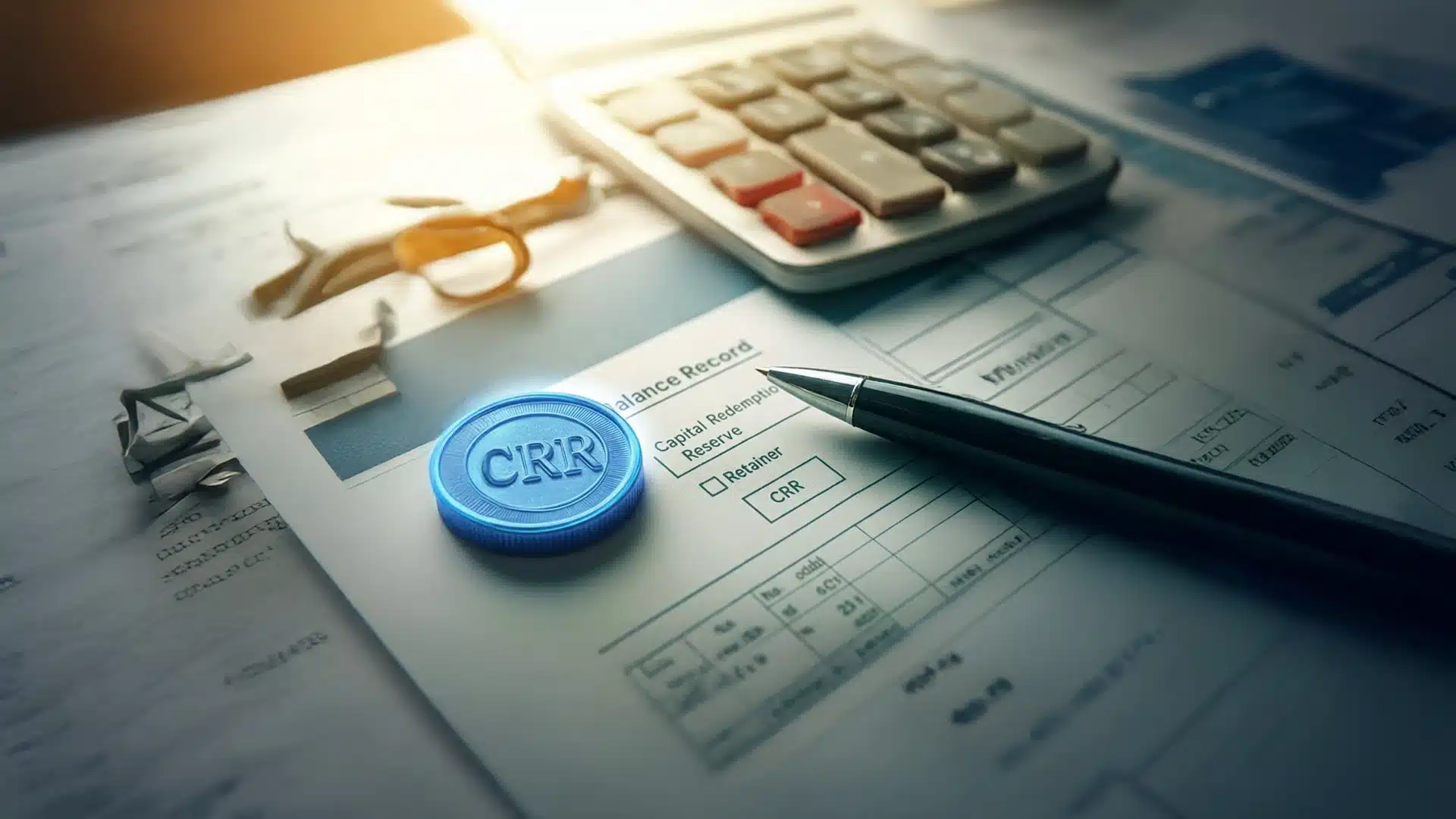Introduction
Amortization means a gradual write-off of the cost of an asset or loan over some fixed period. This ensures fair financial accounting, as well as freeing companies and individuals to budget large expenses in an orderly and predictable manner. In layman’s terms, whether it is amortization of intangible assets like software and patents over their useful life, or amortization in the lending world, that is, loan repayment in fixed installments comprising interest and principal, it is the crux of financial planning. In this blog, we will discuss the concept of amortization, view the application of amortization in accounting and lending, compare it with depreciation, and explain how amortization schedules can assist in unpacking complex financial arrangements for both companies and individuals.
Amortization Meaning in Accounting
In accounting, for expenses to be recognized systematically and fairly, rather than all at once, amortization plays an essential role. In this manner, a business can truly showcase its financial well-being. Intangible assets such as software, patents, trademarks, or goodwill get amortized; in other words, their cost gets allocated over the intangible’s estimated useful life. For instance, suppose that software worth ₹10,00,000 is purchased by a company for its use in operations, expected to remain in use for five years. The total cost of the software would not be expensed during the first year of purchase. The cost would instead be spread evenly over 5 years at ₹2,00,000 per annum through amortization entries in the books of accounts. This would match the expenses to revenues in cases where expenses are incurred to generate revenue, thereby reflecting a truer picture of profitability. The adjusted value of an asset or liability after periodic amortization is called an amortized cost. For example, to present the current worth of a loan and some financial assets, they are carried at amortized cost.
Amortization spreads costs over multiple periods, avoiding inflated losses in the purchase year and inflated profits in later years, and maintains consistency, reliability, and representation of the actual performance of a company by the financial statements.
Difference Between Amortization and Depreciation
Many people get confused about the difference between amortization and depreciation. Here’s the key distinction:
Basis |
Amortization |
Depreciation |
|---|---|---|
Meaning |
Amortization simply means dividing the cost of an intangible asset (like goodwill, patents, software, or trademarks) over its useful life. |
Depreciation spreads out the cost of a tangible asset (like buildings, vehicles, or machinery) over the years it is used. |
Type of Asset |
Intangible assets are those that you can’t physically touch but are valuable for business. |
Tangible — physical assets you can see and use in daily operations. |
Balance sheet effect |
Intangible assets reduce in value each year as amortization is recorded. |
Tangible assets decrease in book value each year as depreciation is recorded. |
Complexity |
Usually simple to calculate, as most companies use the straight-line approach. |
It can be complex since companies choose different methods depending on their industry and policies. |
Purpose |
Ensures the cost of intangible assets is matched with the revenue they generate. |
Ensures the cost of physical assets is allocated fairly as they wear out with use. |
Useful Life |
Based on the legal or expected life of the intangible (e.g., a patent valid for 10 years is amortized over 10 years). |
Based on physical wear and tear or obsolescence (e.g., a machine might last 8 years before becoming outdated). |
Amortization in Loans and Interest Payments
It is worth knowing that while the term amortisation is used for assets, it is at times also used for loans and repayments or breaking down a loan into fixed instalments that contain principal and interest, which are to be repaid with some structure and ease. This is said to be loan interest amortisation, i.e., instead of one big payment, the borrower repays in small amounts over time. The mathematical process that details this is called an amortisation schedule, which is more or less a table detailing the breakdown of each instalment into two parts: one part for the repayment of principal, and the other for interest. The schedule allows the borrower to understand how much of their instalment is interest and how much reduces the loan balance, thereby assisting with better financial planning.
Suppose you borrow ₹1,00,000 at 10 per cent interest for 5 years. EMI (Equated Monthly Installment) will comprise both interest and principal amounts. In the early years, major portions of each installment consist of interest and less of principal repayment. Over time, however, the larger amount of repayment is allocated to the principal, while the interest amount shrinks accordingly to make the loan finally repaid. This gradual shift in payment allocation ensures transparency and easier financial management.
Understanding the amortization schedule and how it works has to be crystal clear. It helps borrowers to predict and compare loan options; they also have the upper hand in comparing total interest paid throughout a given loan period, and consequently, the borrower’s ability to budget and ease cash flow management. This well-structured time-making plan acts as a record for the borrower to look back on and see how their repayments have adjusted matters. Therefore, unexpected financial dilemmas may arise and can be brought to the surface extremely late, leading to adverse financial decisions.
Amortization of Assets
In business, one thing companies do is purchase several intangible assets that incur value for the long term but slowly diminish over time. Unlike physical assets such as machinery or real estate, these intangible assets do not wear out physically but still contribute significantly to business growth. Amortization is the mechanism that spreads the costs over a period of time. This treatment applies to a cost that must be systematically charged as an expense over its useful life, rather than in full at one time, so as to maintain balanced and correct financial reporting.
Other Intangible Assets
Apart from goodwill, other intangible assets are also amortized. These include patents, trademarks, software licenses, and franchise rights, to mention a few. A patent could allow a company to protect its invention for a certain number of years, during which the cost of the patent is then allocated across its useful life. Similarly, trademarks and franchise rights serve toward brand recognition and revenue generation, but their effects lessen as time progresses. Amortizing these ensures that expenses match the benefits derived each year. Even software, which businesses rely on heavily, is amortized when purchased for long-term use.
Purpose of Amortizing Assets
The expense, here, is being incurred in the act of creating revenue. An asset, intangibly acquired, makes sure no profit is overstated during its early years. Instead, one will incur the expense over the asset’s useful life and, in this sense, a fairer representation of profitability is achieved. This also ensures that the company is following accounting standards and hence allows the very concept of transparency in financial reporting. Hence, for external stakeholders, amortization of assets gives a fair indicator of how well the company is utilizing its resources.
The Amortization Schedule: How It Works
Amortization, while considered in respect to asset accounting, plays a role in loan repayments. An amortization schedule is meant to help borrowers in planning their repayments in a systematic manner. It shows the breakdown of each installment of a loan, one portion being the interest, with the other being the payment that goes towards diminishing the principal balance.
What Is an Amortization Schedule?
An amortization schedule is a timetable for the repayment of the debt over time. It depicts the breakup of how much of an EMI goes into interest and how much of it goes into the principal amount. During the early days of repayment, the portion for interest is large while the share towards the principal is low. Gradually, with the passage of the loan, the situation reverses, and more of the EMI goes towards the repayment of the principal and less towards interest. So the gradual changes in an amortization schedule allow the borrower to follow the trail of how it is being converted through his EMI.
Key benefits of an amortization schedule
An amortization schedule serves as an aid in many ways for planning purposes. It accounts for expenses and brings predictability by showing an exact amount that a borrower must pay in each installment, hence making it easy to budget. Further, the outstanding balance after every payment is also shown, which helps both individuals and businesses track their progress. Apart from that, comparing amortization schedules offered by different lenders allows a borrower to pick a loan program that will not cost them the most in interest, thereby aiding better and more efficient decision-making in choosing a loan.
Practical Example of Amortization
Imagine taking out a loan of ₹ 1,00,000 at 10% interest for a period of five years. The EMI contains two parts: interest and principal. In the first year, more of the EMI goes toward interest and a smaller portion toward the reduction of principal. Through the years, this ratio keeps reversing, and in the final year, almost all of the EMI goes toward the principal repayment. At the end of the five years, the loan stands fully repaid. This method provides transparency and helps the borrower to keep on track with the repayment process.
Journal Entries and Accounting Treatments
It is essential to make proper recording of amortization for businesses while adhering to accounting standards so as to give a fair representation of their financial performance. Amortization accounting refers to the recognition of expenses in a systematic manner relating to intangible assets or loans, and the manner of recording directly affects both the profit and loss account and the balance sheet.
Amortization Journal Entry
When a company amortizes an intangible asset, like software, patents, or goodwill, the amortization expense is recorded as a debit in the Profit & Loss account and as a credit to reduce the intangible asset’s value in the Balance Sheet. This is an example of a typical amortization journal entry:
Debit: Amortization Expense (Profit & Loss Account)
Credit: Intangible Asset (Balance Sheet)
What this entry means is that the cost should be spread over the useful life of the asset and should not be charged to profit in one single year. This, therefore, presents a truer picture of profitability.
Loan Amortization
Amortization also applies to loans, in which each repayment contains both interest and principal. Journal entries are made in accounting to record this separation. Interest is charged to the profit and loss account as an expense, while principal is debited to the outstanding loan balance on the balance sheet. This sharp line of delineation ensures that the statements properly depict the true liability of the concern at any given moment.
Importance of Amortization Accounting
Amortization has to be recorded properly by a business so that profits or assets are never overstated. It brings an aura of transparency and hence builds trust between investors, auditors, and even stakeholders. On the other hand, amortization accounting is the process through which financial correctness is assured and provides support to compliance requirements while providing clarity to asset management and repayment of loan tracking.
Conclusion
Amortization is not merely an accounting term; rather, it is applied in the trenches of business and life to assist in cost allocation. Correct accounting treatment of goodwill amortization in the books of companies, or loan interest amortization on the individual side, assures financial accuracy. Understanding how amortization affects assets and loan repayments helps stakeholders make better financial plans and decisions. As such, whether you’re an entrepreneur, an investor, or even a borrower, knowing just what amortization is and having the working know-how of its application will prove very useful for your money management.








